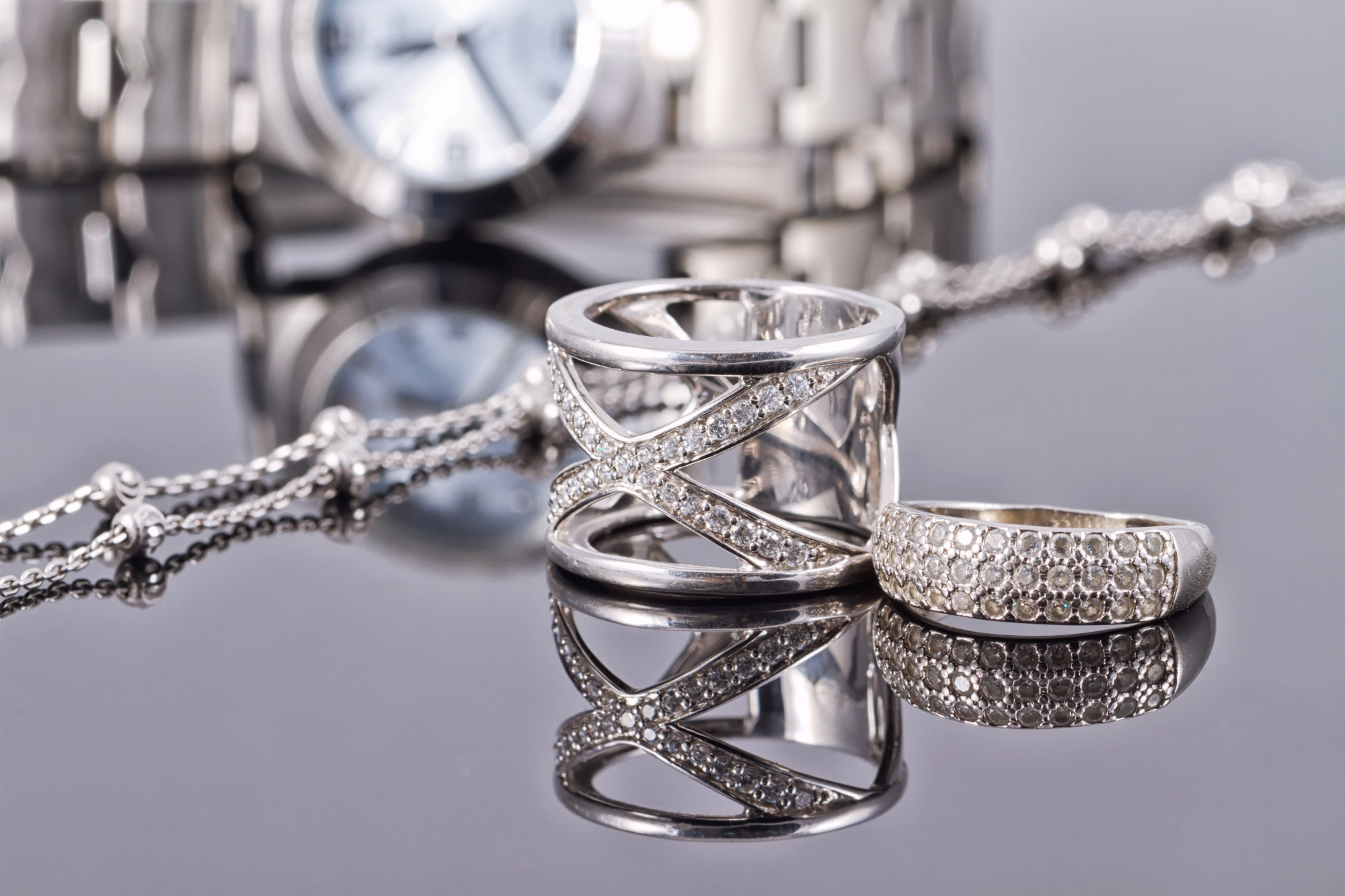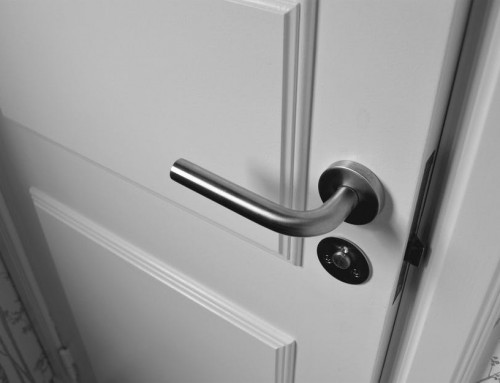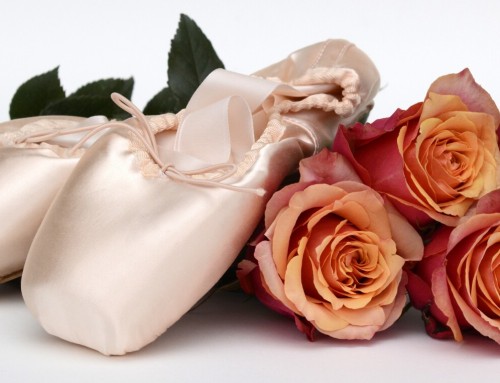Silver, in all of its forms, is one of the most popular and enduring precious metals in history. Around 14.7% of all Americans own at least one silver item, a figure that is considerably higher than the number of Americans that own gold.
Silver and sterling silver have a huge range of applications and can be found in jewelry, stationery, heavy industry, homeware, and technology. However, few people are aware of the difference between silver and sterling silver.
While both make for beautiful and dependable items and accessories, they have very different properties and selling points. Here is everything you need to know about how sterling sliver is different from pure silver.
What Is Defined as ‘Pure Silver’?
Pure silver is defined as any item that is made up of 99.9% silver or more, with no more than 0.1% of trace elements or other metals. Silver is an element on the periodic table that is marked out as Ag.
Pure silver is a valuable precious metal with many applications. However, silver jewelry is rare and is not recommended, as pure elemental silver is very soft and malleable. This means that is can quickly become marked and lose its shape.
What Is Defined as Sterling Silver?
It is the very malleability of pure silver that necessitates the widespread use of sterling silver jewelry. Put simply, sterling silver is a metal alloy, in which silver has been combined with other metal elements to make it more durable.
Sterling silver is typically made up of 92.5% elemental silver and 7.5% other metals. The other metals used in sterling silver vary, but the most popular choices are copper, nickel, and zinc.
There is also a lower purity form of silver known as ‘coin silver,’ which is typically made up of 90% pure silver or less.
What Is the Main Difference Between Silver and Sterling Silver?
As mentioned, the main difference between silver and sterling silver concerns durability. Pure silver is softer and can more easily lose its shape and become scuffed. Sterling silver, meanwhile, is more durable and can easily last a lifetime.
It is for this reason why anyone can clean sterling silver items using a variety of commonplace household cleaning items. This is not possible with pure silver, as the risk of damage is too great, and specialized cleaning tools must be used.
Both silver and sterling silver should be clearly marked and identified as such at any jeweler. When looking for a sterling silver necklace, for instance, always check the hallmark, which should read either ‘925,’ ‘STER,’ or ‘STG.’
What Are the Main Benefits of Each?
Both silver and sterling silver have their USPs. Silver might be softer, but this makes it more useful in a range of other applications. In addition, pure silver is still used in some specific types of jewelry, such as earrings.
Sterling silver rings might be more durable, but they are also more allergenic. You are much more likely to have an allergic reaction to sterling silver than to pure silver.
In addition, pure silver is much, much more expensive than sterling silver, owing to the fact that it is a highly sought-after precious metal.
Why Knowing the Difference Between Silver and Sterling Silver Matters
Silver and sterling silver are both valuable metals with important aesthetic and functional properties. Knowing the difference between the two will help you make the right decisions when it comes to jewelry, accessories, homeware, and more.
Now that you know the difference between silver and sterling silver, it’s time to learn more. Our comprehensive Beauty Section has all of the expert advice you need on looking stunning, however you might choose to accessorize.











